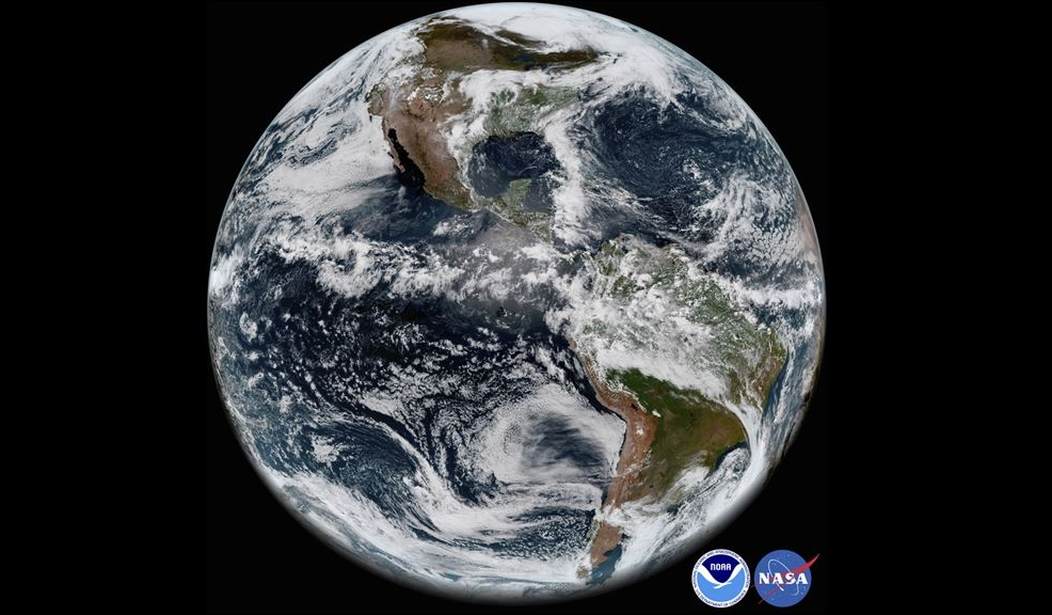The 21st-century space race is on in full gear, with more nations than ever before putting technology into orbit, and not all of it is there on strictly peaceful, scientific missions. Satellite technology is growing increasingly critical to how future battles will be fought and the competition for leadership in this sphere is intense. But you may be surprised to learn that, according to a recent report from the Defense Intelligence Agency (DIA), Russia is not our biggest competitor in this field. China has been advancing their space-based capabilities by leaps and bounds through a combination of legal and extralegal means. And they may soon surpass the United States if they haven’t done so already. (Defense One)
China has become increasingly reliant on space to prevail in a major conflict with the United States and is aggressively launching, acquiring, and obtaining through espionage the counter-space capabilities necessary to do so, according to a new Defense Intelligence Agency space security report released Tuesday.
In the 80-page report, DIA updates the gains in satellite operations and human spaceflight that China and Russia, and to a lesser extent North Korea and Iran, have made over the past year.
“As China’s and Russia’s space and counterspace capabilities increase, both nations are integrating space scenarios into their military exercises,” the DIA found.
This is potentially a critical area of vulnerability for the United States and we’re playing cards with a couple of players who aren’t shy about dealing from the bottom of the deck. As DIA points out, China has doubled the number of ISR satellites it has in space to 250 since 2018. They are also vastly advancing their “counter-space capabilities.” (The ability to destroy other nations’ satellites with either groud-based or space-based offensive weaponry.) The agency also politely notes that the Chinese are using both “overt and covert” techniques to acquire foreign satellite technology. That’s a polite way of saying that they’re stealing as much American and allied tech as they can get their hands on.
China has also been working on satellite-based jammers capable of disrupting our radar, communications, and GPS capabilities. That would impact a lot more than just your car’s ability to find a way around the next roadblock. Modern military hardware relies on all of that data to accurately engage in targeting and strikes in remote locations. China believe that if they can threaten those sorts of systems, they would seriously inhibit our ability to engage in regional military conflicts, such as the one currently playing out in Ukraine.
All the way back in 2017, intelligence officials were sounding the alarm about the dangers of falling behind in the race for satellite technology superiority.
The operations of the U.S. military depend on space assets. Reconnaissance satellites allow us to find our adversaries; communications satellites allow us to coordinate movements against them; global positioning satellites allow us to direct our weaponry with unprecedented accuracy. In any large-scale conventional war against a near-peer adversary, our ability to maintain these capabilities would be of decisive importance. And all that is before we say even a word about the many economically vital nonmilitary uses of satellite technology.
Both Russia and China are developing and actively testing anti-satellite (ASAT) systems. Up until now, the systems they have been testing have been ground-launched, designed to orbit a few times and then collide with and destroy targets at altitudes under 1,000 kilometers. This capability is sufficient to take out U.S. reconnaissance satellites, but not the GPS and communications satellites that fly higher, at 20,000 kilometers and 36,000 kilometers respectively. It is a fairly straightforward matter for Russia and China to extend their current ASAT capabilities to threaten even those more distant satellites, presumably the R&D is already well under way.
As the linked report notes, Barack Obama sought to “lead by example” during his time in office, by not working on developing ASAT technology in the hope of deterring our adversaries from engaging in a race to weaponize space. This has clearly proven to be a critical error and now we’re fighting to catch up to them. The report suggested developing not just ASAT tech, but “fighter satellites” that would be analogous to fighter aircraft that can operate in low orbit.
Unfortunately, it’s believed that the Chinese have a head start on us in that area as well. And it will take a long time to catch up. Given how dependent all of our advanced, groud-based weapons technology is on satellites, this is one area where we need to stop being squeamish and worrying about pinching pennies and get into the game. At some point in the not-too-distant future, it may be too late.








Join the conversation as a VIP Member